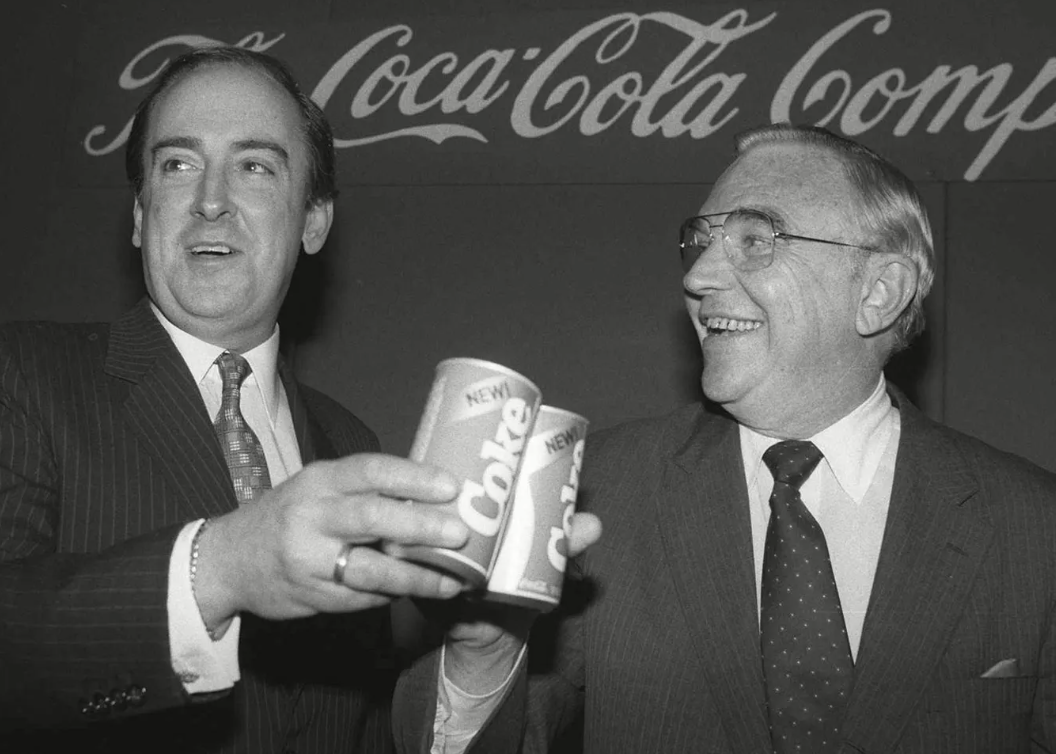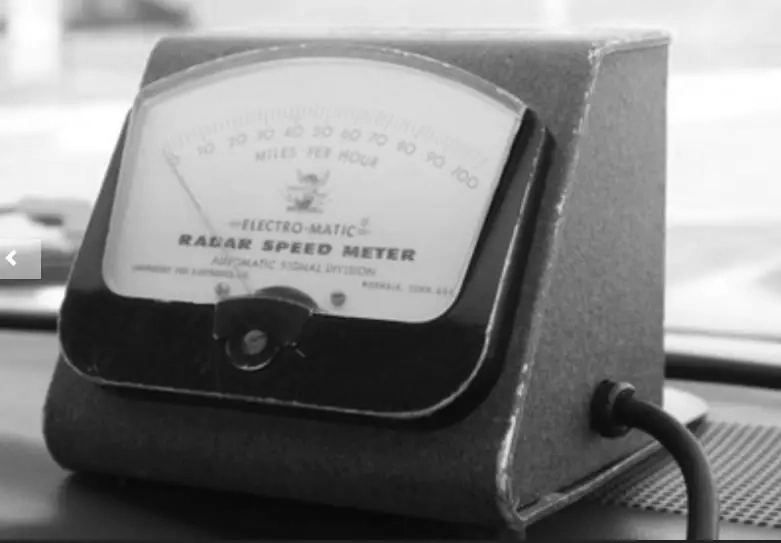On March 20th, 1968, President Lyndon B. Johnson signed into law a bill that removed the gold backing from U.S. paper money. The move was a significant departure from previous monetary policy and represented a major shift in the way the U.S. government managed its currency.
Before the bill was signed, U.S. paper money was backed by gold reserves held by the government. This meant that anyone could take their paper money to a bank and exchange it for an equivalent amount of gold. This system, known as the gold standard, had been in place for decades and was seen as a way to ensure the stability and value of the U.S. currency.
However, the gold standard also limited the government’s ability to manage the money supply and respond to economic fluctuations. In particular, it prevented the government from printing more money to stimulate the economy during times of recession.
By removing the gold backing from U.S. paper money, the government gained greater flexibility in managing the money supply. It also signaled a shift towards a more “fiat” currency, meaning that the value of the currency was determined by government decree rather than by the value of a precious metal.
The move was not without controversy. Many people were concerned that removing the gold standard would lead to inflation and a devaluation of the currency. However, in the years following the bill’s passage, inflation remained relatively low and the U.S. economy continued to grow.
Today, the U.S. dollar remains a fiat currency and is no longer backed by gold or any other precious metal. While the move away from the gold standard was a significant change in monetary policy, it has allowed the government greater flexibility in managing the economy and responding to economic challenges.










